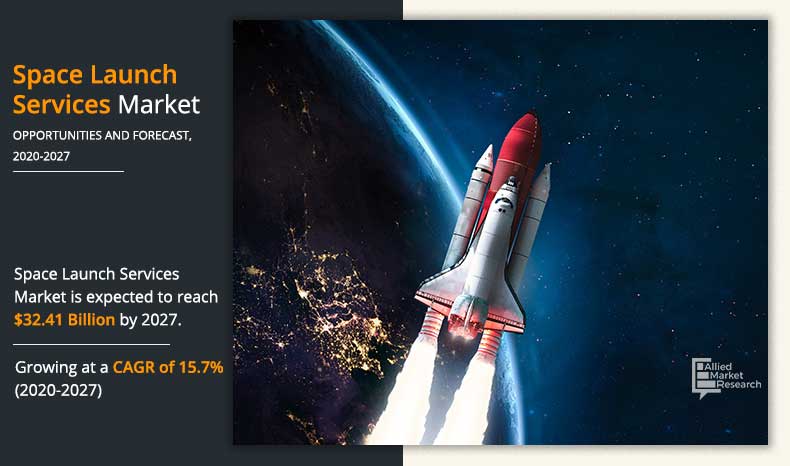Defense IT Spending Market by System (IT Infrastructure, Cybersecurity, Logistics & Asset Management, and Others), Type (Services, Hardware, and Software), and Force (Defense Forces and Civilian Forces): Global Opportunity Analysis and Industry Forecast, 2021–2030
𝐀𝐜𝐜𝐞𝐬𝐬 𝐓𝐨 𝐑𝐞𝐬𝐞𝐚𝐫𝐜𝐡 𝐑𝐞𝐩𝐨𝐫𝐭 𝐚𝐭 https://bit.ly/3tg1Ikv
Adoption of IT solutions in defense operations has become critical, owing to exponential evolution in type and frequency of attacks across the globe. To counter the rise in conflicts between different countries and digital threats, various countries continue to build up their military capabilities. Defense IT systems are becoming a critical element of security and are being utilized in countering potential attacks. Several nations around the world have launched and implemented policies related to adoption of IT technologies for defense forces.
Rise in need to prevent cyberattacks to protect critical national defense data is forcing government agencies worldwide to increase their spending on acquiring defense IT solutions and services. For instance, in 2020, the U.S. Department of Defense announced a staggering $721.5 billion defense budget that included a significant allocation of capital to develop secure communications and enhance defense IT infrastructure. Furthermore, growing political tensions and increase demand for building up military capabilities is expected to lead the nations to adopt cutting-edge IT systems. Such factors are expected to fuel growth of the global defense IT spending market during the forecast period.
Rise in spending on information technology products and services
Rise in use of IT hardware, software, and services has resulted in a number of changes in the defense industry, including real-time combat surveillance, superiority in air & space, smart weapons and battlefield management in a network-centric environment, and force multipliers based on software. Defense IT spending is on the rise across different nations across the globe in countries such as the U.S., the UK, France, and China. According to a new analysis from data science company Govini, in July 2021, the U.S. Department of Defense requested a 7.8% increase in its fiscal 2022 budget for IT.
National security knowledge graph and decision science platform of Govini are used by the U.S. federal government and the national security sector. The total defense IT spending in the U.S. has been increasing since 2019 and is expected to reach $38.7 billion by 2022. This is anticipated to rise in demand for cutting-edge technologies such as 5G, artificial intelligence, cloud computing, data analytics, cybersecurity, and autonomous systems across different defense systems. Shift of the U.S. Department of defense to new cloud-based infrastructure is expected to increase agility of defense forces, offering better remote capabilities and setting foundation for enterprise deployment of artificial intelligence (AI).
Emergence of IoT analytics in defense applications
Application of data analysis techniques and procedures to gain value from massive volumes of data created by connected Internet of Things devices is known as IoT analytics. Current military actions are aimed at a tough, multifaceted, deeply distinct, and difficult state – some with unexpected allies and opponents. By combining sensor systems, actuators, and control systems with present military infrastructures, military may become more efficient and effective. IoT has already had an influence on various industries, owing to its connected devices architecture and autonomous presence within a closed-loop network of devices.
Key players operating in the global defense IT spending market include Accenture, Amazon.com, Inc., BAE Systems plc, Dell, Inc., General Dynamics Corporation, Hewlett Packard Enterprise Development LP, International Business Machines Corporation (IBM), Microsoft Corporation, Northrop Grumman Corporation, and Oracle Corporation.





















